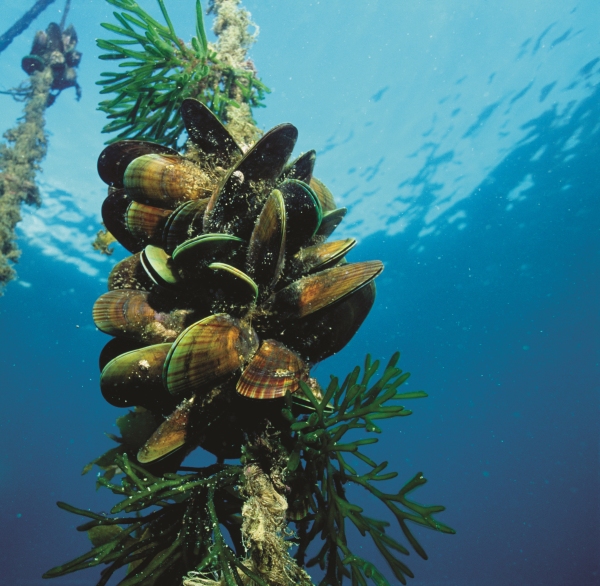A NIWA-led project to tackle coastal acidification in New Zealand.
The Ministry of Business Innovation and Employment has funded a four year project, CARIM (Coastal Acidification: Rate, Impacts & Management), that will provide new knowledge on ocean acidification to enhance protection and management of New Zealand coastal ecosystems.
Partners
Cawthron and the Universities of Otago and Auckland, Iwi, national stakeholders (including the shellfish aquaculture industry, MPI, regional councils, DOC and the Hauraki Gulf Forum), and international scientists (US and Australia).
The Science
Establishing pH at critical locations
The rate and variability of pH and the carbonate system will be monitored at three sentinel sites in the Firth of Thames, Nelson Bays and the East Otago Taiapure at Karitane. The data generated will be available on the NZOA-ON website. It will be used to determine experimental conditions in impact studies and to underpin model and algorithm development of the main drivers of acidification in the Firth of Thames, with the aim of providing tools for coastal management.
Ecosystem impacts of acidification
CARIM will also examine the ecosystem effects of acidification on primary production, food quality and habitat availability, with a particular focus on the sensitivity of the different life stages of iconic NZ species including pāua, greenshell mussel and snapper larvae. The sensitivity to low pH of different shellfish families, from selective breeding programmes, will be assessed to identify those with greatest potential resilience to acidification. The experimental information will be combined in population forecast models to project the future success of these species.
Community outreach
CARIM also has an Outreach component, including a website, monitoring data access, and an Oceans Guardian project for schools & local communities.


